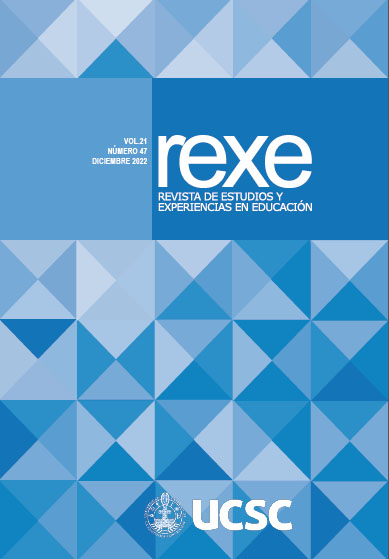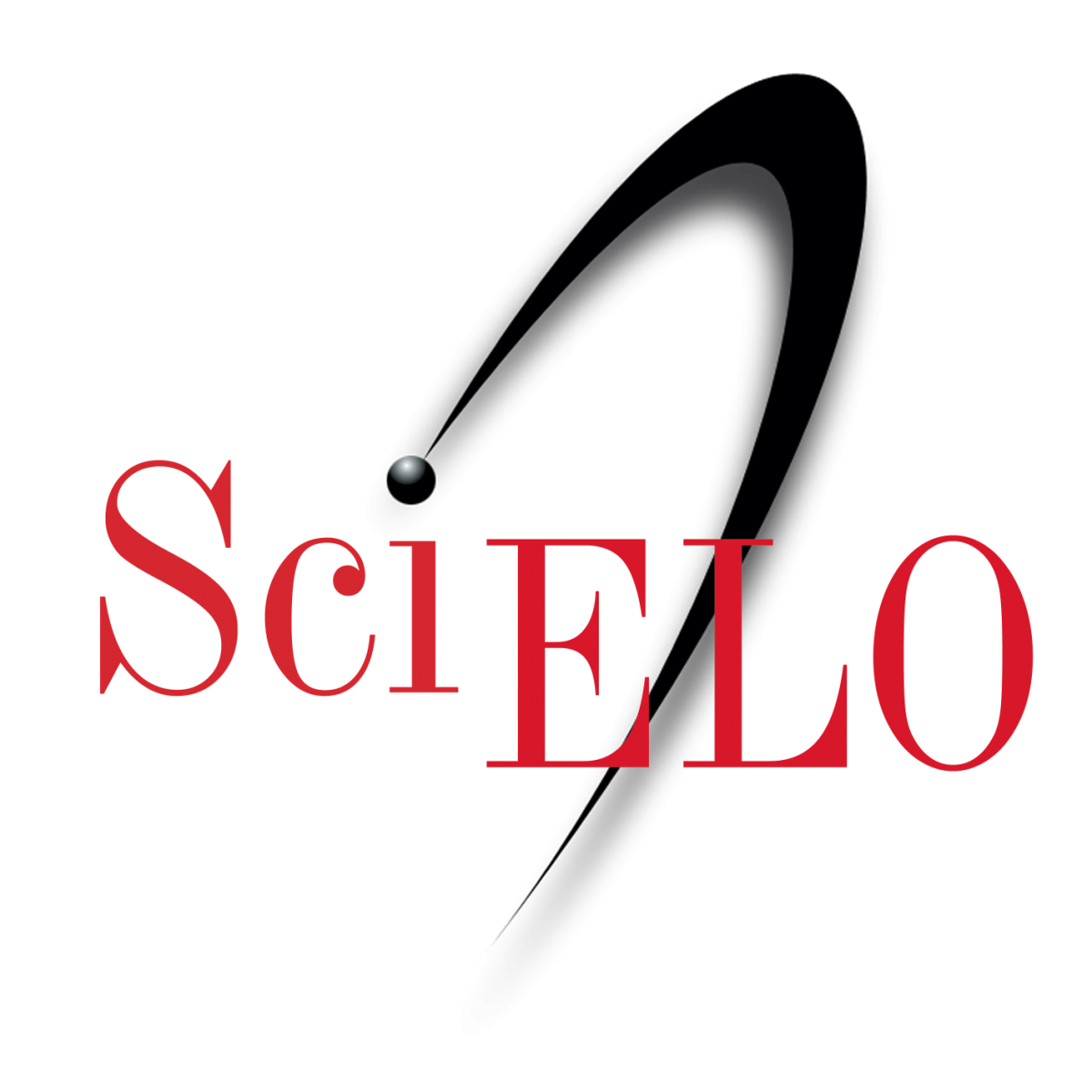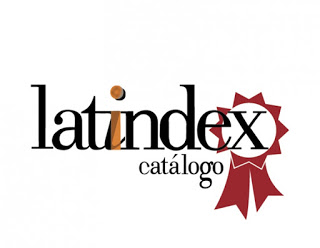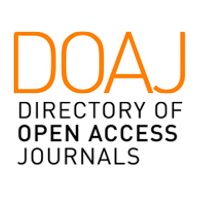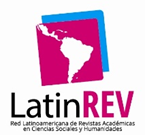Exploratory evaluation of undergraduate students’ engagement in online mode of Flipped Classroom
DOI:
https://doi.org/10.21703/0718-5162202202102147007Abstract
The Flipped Classroom methodology has been increasingly adopted in higher education to address the challenges of remote education as well as improve student outcomes in pandemic contexts. However, empirical evidence on the relationship between the flipped classroom and student engagement is still limited and inconsistent. This study assessed the outcomes of the implementation of the Inverted Classroom methodology on student engagement from the perspective of fourth-year university students. Data from a pre- and post-survey conducted as part of a community psychology course were compared using a comparative research design. The major findings show that students reduced their use of cloud-based platforms and valued the use of ICTs and peer collaboration. Directions for future research on the use of certain digital resources in the training of students and on teachers' influence on student participation are suggested.
Downloads
References
Ahmad Uzir, N. A., Gašević, D., Matcha, W., Jovanović, J., y Pardo, A. (2020). Analytics of time management strategies in a flipped classroom. Journal of Computer Assisted Learning, 36(1), 70-88. https://doi.org/10.1111/jcal.12392
Altemueller, L., y Lindquist, C. (2017). Flipped classroom instruction for inclusive learning. British Journal of Special Education, 44(3), 341-358. https://doi.org/10.1111/1467-8578.12177
Andujar, A., y Çakmak, F. (2020). Foreign language learning through instagram: a flipped learning approach. In New technological applications for foreign and second language learning and teaching (pp. 135-156). IGI Global.
Andujar, A., & Nadif, F. Z. (2020). Evaluating an inclusive blended learning environment in EFL: a flipped approach. Computer Assisted Language Learning, 1-30. https://doi.org/10.1080/09588221.2020.1774613
Araujo, Z.D., Otten, S., and Birisci, S. (2017), “Mathematics teachers motivations for, conceptions of, and experiences with flipped instruction”, Teaching and Teacher Education, 62, 60-70. https://doi.org/10.1016/j.tate.2016.11.006
Barzola-López, L. H., Suárez-Véliz, M. F., y Arcos-Coba, J. A. (2020). La influencia de las TIC´ s en el desarrollo académico de los estudiantes universitarios en tiempos de pandemia por COVID-19. Dominio de las Ciencias, 6(4), 370-386. http://dx.doi.org/10.23857/dc.v6i4.1473
Blau, I., y Shamir-Inbal, T. (2017). Re-designed flipped learning model in an academic course: The role of co-creation and co-regulation. Computers & Education, 115, 69-81. https://doi.org/10.1016/j.compedu.2017.07.014
Brewer, R., y Movahedazarhouligh, S. (2018). Successful stories and conflicts: A literature review on the effectiveness of flipped learning in higher education. Journal of Computer Assisted Learning, 34(4), 409-416. https://doi.org/10.1111/jcal.12250
Buerck, J. P., Malmstrom, T., y Peppers, E. (2003). Learning environments and learning styles: Non-traditional student enrollment and success in an internet-based versus a lecture-based computer science course. Learning Environments Research, 6, 137–155. https://doi.org/10.1023/A:1024939002433
Céu Teveira, M. D., y Rodríguez-Moreno, M. L. (2010). La gestión personal de la carrera y el papel de la orientación profesional. teoría, práctica y aportaciones empíricas. Revista Española de Orientación y Psicopedagogía, 21(2), 335-345.
http://hdl.handle.net/1822/34710
Chapman, K. J., Meuter, M., Toy, D., y Wright, L. (2006). Can’t we pick our own groups? The influence of group selection method on group dynamics and outcomes. Journal of Management Education, 30(4), 557-569. https://doi.org/10.1177/1052562905284872
Chen, Y., Wang, Y., y Chen, N. S. (2014). Is FLIP enough? Or should we use the FLIPPED model instead?. Computers & Education, 79, 16-27. https://doi.org/10.1016/j.compedu.2014.07.004
Dafonte, A., García, O., y Ramahi, D. (2018). Flipped Learning y competencia digital: diseño tecnopedagógico y percepción del alumnado universitario. Index. Comunicación, 8(2), 275-294.
Dhawan, S. (2020). Online learning: A panacea in the time of COVID-19 crisis. Journal of Educational Technology Systems, 49(1), 5-22. https://doi.org/10.1177/0047239520934018
Fardoun, H., Yousef, M., González-González, C., yCollazos, C. A. (2020). Estudio exploratorio en Iberoamérica sobre procesos de enseñanza-aprendizaje y propuesta de evaluación en tiempos de pandemia. Education in the Knowledge Society, 21(0), 9.
Fernández, J. (2014). eLearning, TIC and the new teaching. La Pensée. 76, 51-56.
Fisher, R., Perényi, Á., y Birdthistle, N. (2018). The positive relationship between flipped and blended learning and student engagement, performance and satisfaction. Active Learning in Higher Education, 1-17. https://doi.org/10.1177/1469787418801702
Flipped Learning Network. (2014). The Four Pillars of F-L-I-P. Recuperado de https://flippedlearning.org/definition-of-flipped-learning/
García-Planas, M. I., & Torres, J. T. (2020). Transición de la docencia presencial a la no presencial en la UPC durante la pandemia del COVID-19. IJERI: International Journal of Educational Research and Innovation, 15, 177-187. https://doi.org/10.46661/ijeri.5015
Garay, L. W. P., y Soto, D. M. (2021). Del aprendizaje tradicional al aprendizaje invertido como continuidad del proceso educativo en contexto de COVID-19/From traditional learning to Flipped learning as a continuity of the educational process in the context of COVID-19. Mendive. Revista de Educación, 19(1), 214-226.
Gomez-Lanier, L. (2018). Building Collaboration in the Flipped Classroom: A Case Study. International Journal for the Scholarship of Teaching and Learning, 12(2), 7. https://doi.org/10.20429/ijsotl.2018.120207
González-Gómez, D., Jeong, J. S., y Rodríguez, D. A. (2016). Performance and perception in the flipped learning model: an initial approach to evaluate the effectiveness of a new teaching methodology in a general science classroom. Journal of Science Education and Technology, 25(3), 450-459. https://doi.org/10.1007/s10956-016-9605-9
Hansen, H. P., Ramstead, J., Richer, S., Smith, S., y Stratton, M. (2001). Unpacking participatory research in education. Interchange, 32(3), 295-322. https://doi.org/10.1023/A:1012499200443
Hodges, C., Moore, S., Lockee, B., Trust, T., y Bond, A. (2020). The difference between emergency remote teaching and online learning. Educause Review, 27.
Holmes, M. R., Tracy, E. M., Painter, L. L., Oestreich, T., y Park, H. (2015). Moving from flipcharts to the flipped classroom: Using technology driven teaching methods to promote active learning in foundation and advanced masters social work courses. Clinical Social Work Journal, 43(2), 215-224. https://doi.org/10.1007/s10615-015-0521-x
Jenkins, M., Bokosmaty, R., Brown, M., Browne, C., Gao, Q., Hanson, J., y Kupatadze, K. (2017). Enhancing the design and analysis of flipped learning strategies. Teaching & Learning Inquiry, 5(1), 65-77. https://doi.org/10.20343/teachlearninqu.5.1.7
Karabulut‐Ilgu, A., Jaramillo Cherrez, N., & Jahren, C. T. (2018). A systematic review of research on the flipped learning method in engineering education. British Journal of Educational Technology, 49(3), 398-411. https://doi.org/10.1111/bjet.12548
Larraguivel, E. R. (2020). La práctica docente universitaria en ambientes de educación a distancia. Tensiones y experiencias de cambio. IISUE. Educación y Pandemia. Una visión académica, México, UNAM.
Lee, J., Lim, C., y Kim, H. (2017). Development of an instructional design model for flipped learning in higher education. Educational Technology Research and Development, 65(2), 427-453. https://doi.org/10.1007/s11423-016-9502-1
Mandernach, B. J. (2015). Assessment of student engagement in higher education: A synthesis of literature and assessment tools. International Journal of Learning, Teaching and Educational Research, 12(2).
Medrano, L. A., Moretti, L., y Ortiz, A. (2015). Medición del engagement académico en estudiantes universitarios. Revista Iberoamericana de Diagnóstico y Evaluación-e Avaliação Psicológica, 2(40), 114-124. https://www.redalyc.org/articulo.oa?id=459645432012
Meguid, E. A., y Collins, M. (2017). Students’ perceptions of lecturing approaches: traditional versus interactive teaching. Advances in Medical Education and Practice, 8, 229. https://dx.doi.org/10.2147%2FAMEP.S131851
Mingorance, A. C., Trujillo, J. M., Cáceres, P., y Torres, C. (2017). Improvement of academic performance through the flipped classroom methodology centered in the active learning of the university student of education sciences. Journal of Sport and Health Research, 9, 129-135. https://bit.ly/32XJUvk
Monalisa, D. A. S. H. (2020). The flipped learning series: Flipped learning for math instruction. Turkish Online Journal of Distance Education, 22(1), 246-249.
Olaizola, A. (2014). La clase invertida: Usar las TIC para “dar vuelta” a la clase. Actas X Jornadas de Material Didáctico y Experiencias Innovadoras en Educación Superior, Universidad de Buenos Aires.
Peñuelas, S. A. P., Pierra, L. I. C., González, Ó. U. R., y Nogales, O. I. G. (2020). Enseñanza remota de emergencia ante la pandemia Covid-19 en Educación Media Superior y Educación Superior. Propósitos y Representaciones, 8(3), 589. http://dx.doi.org/10.20511/pyr2020.v8nSPE3.589
Pozo, S., López, J., Moreno, A. J., y López, J. A. (2019). Impact of educational stage in the application of flipped learning: A contrasting analysis with traditional teaching. Sustainability, 11(21), 59-68. https://doi.org/10.3390/su11215968
Putri, Y., Cahyono, E., y Indriyanti, D. R. (2020). Implementation of Flipped Classroom Learning Model to Increase Student’s Critical Thinking Ability. Journal of Innovative Science Education, 9(3), 143-151.
Serrano, R. M., y Casanova, O. (2018). Recursos tecnológicos y educativos destinados al enfoque pedagógico Flipped Learning. Revista de Docencia Universiaria, 16(1). https://doi.org/10.4995/redu.2018.8921
Sergis, S., Sampson, D. G., y Pelliccione, L. (2018). Investigating the impact of flipped classroom on students' learning experiences: A self-determination theory approach. Computers in Human Behavior, 78, 368–378. https://doi.org/10.1016/j.chb.2017.08.011
Soto, J. L., y Torres, C. A. (2016). La percepción del trabajo colaborativo mediante el soporte didáctico de herramientas digitales. Apertura, 8(1), 1-12.
Su, C. Y., y Chen, C. H. (2018). Investigating the effects of flipped learning, student question generation, and instant response technologies on students’ learning motivation, attitudes, and engagement: A structural equation modeling. EURASIA Journal of Mathematics, Science and Technology Education, 14(6), 2453-2466. https://doi.org/10.29333/ejmste/89938
Wang, H. C., y Chen, C. W. Y. (2020). Learning English from YouTubers: English L2 learners’ self-regulated language learning on YouTube. Innovation in Language Learning and Teaching, 14(4), 333-346. https://doi.org/10.1080/17501229.2019.1607356
Wilson, K. (2020). What does it mean to do teaching? A qualitative study of resistance to Flipped Learning in a higher education context. Teaching in Higher Education, 1-14. https://doi.org/10.1080/13562517.2020.1822312
Yamashita, K., y Yasueda, H. (2017). Project-based learning in out-of-class activities: flipped learning based on communities created in real and virtual spaces. Procedia Computer Science, 112, 1044-1053. https://doi.org/10.1016/j.procs.2017.08.108
Zain, F. M., y Sailin, S. N. (2020). Students' Experience with Flipped Learning Approach in Higher Education. Universal Journal of Educational Research, 8(10), 4946-4958. https://doi.org/10.13189/ujer.2020.081067
Zainuddin, Z., y Halili, S. H. (2016). Flipped classroom research and trends from different fields of study. The International Review of Research in Open and Distributed Learning, 17(3), 313–340. https://doi.org/10.19173/irrodl.v17i3.2274
Downloads
Published
Issue
Section
License
Open Access Policy
This journal provides immediate open access to its content, based on the principle that offering the public free access to research fosters greater global knowledge exchange.
License
The REXE Journal, “Journal of Studies and Experiences in Education,” published by the Faculty of Education at the Universidad Católica de la Santísima Concepción, is distributed under a License. Creative Commons Atribución 4.0 Internacional.
